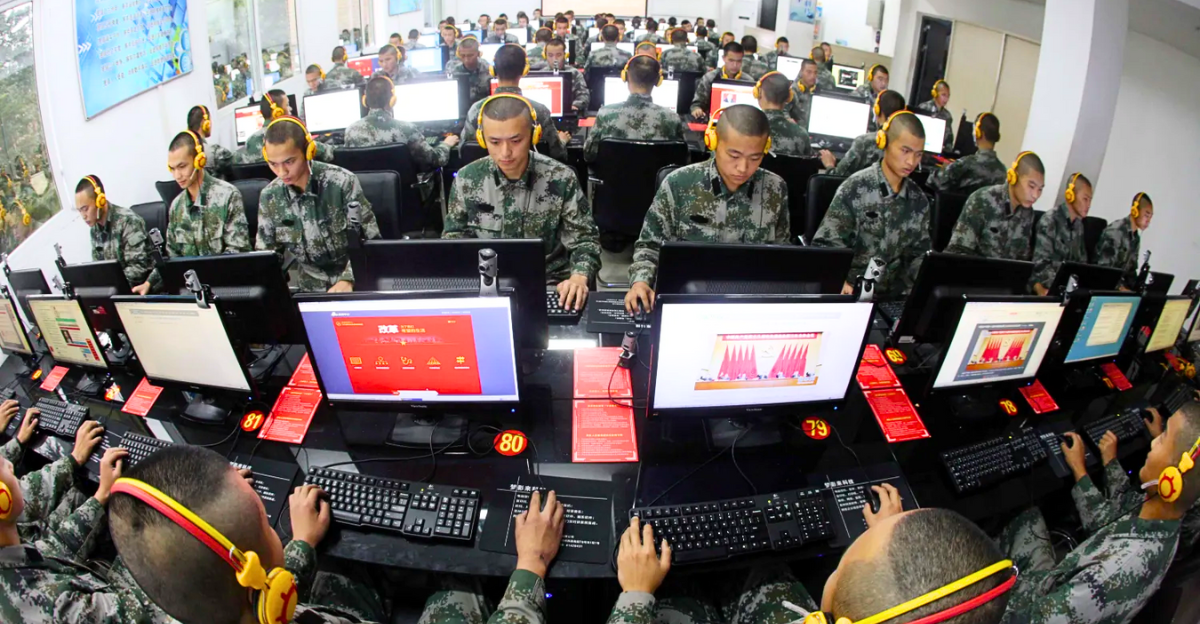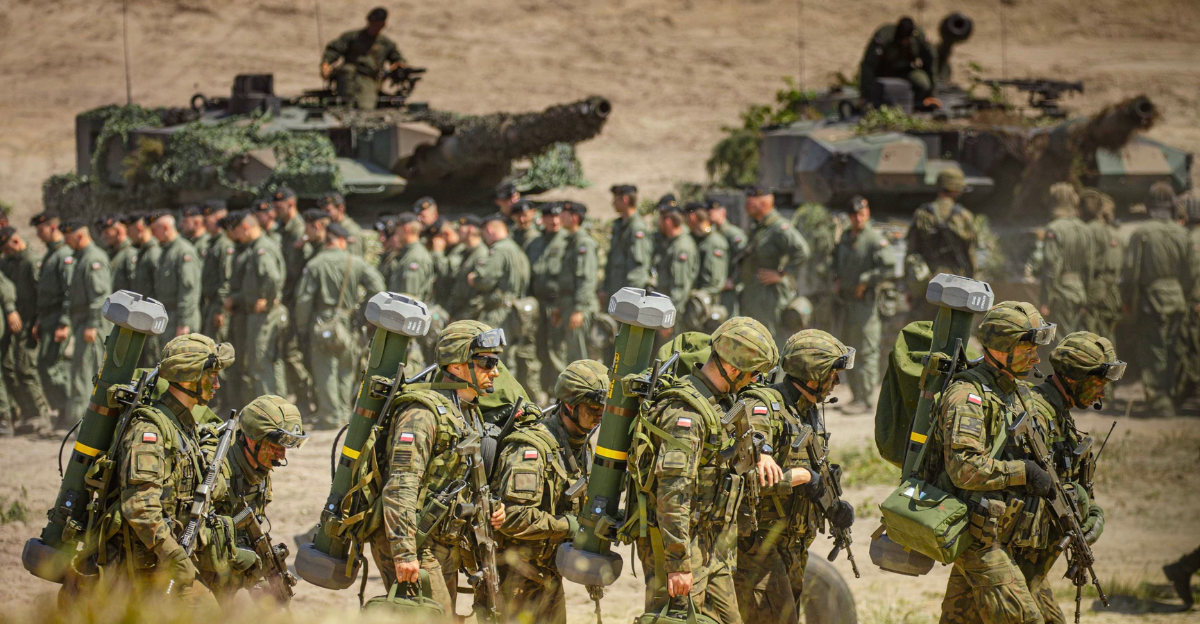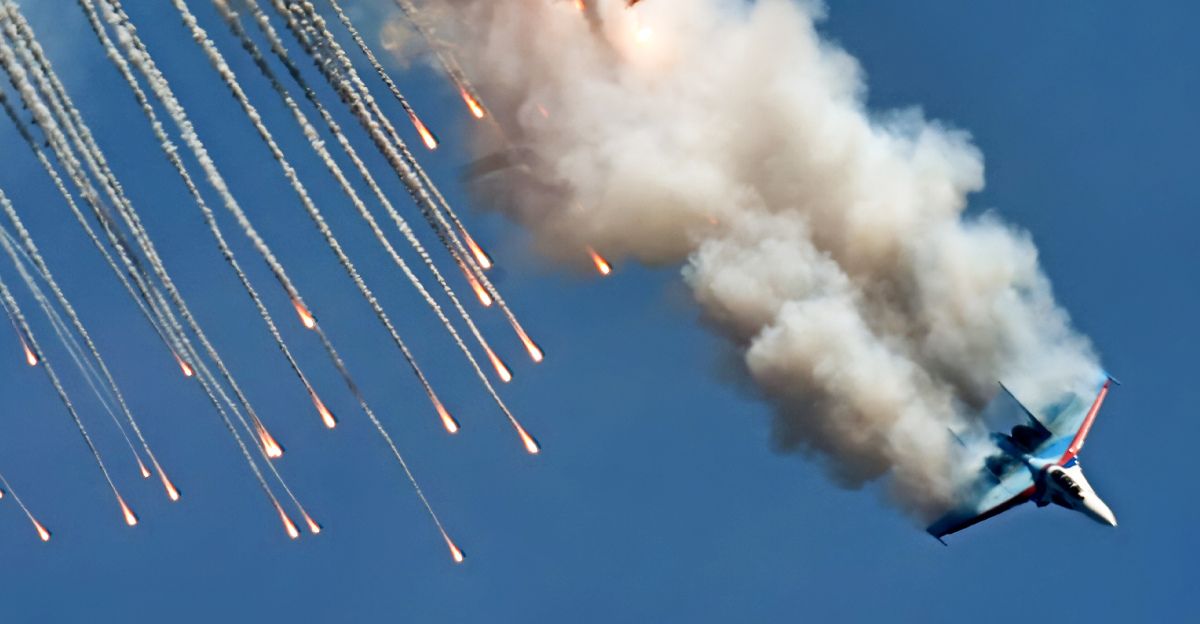
It was early June 1982. The skies above Lebanon trembled under pressure as Israeli F‑15s patrolled just off the coastline. What started out as routine patrols would soon turn into history‑making carnage.
Four heavy planes, waiting like predators, stood waiting for the count to tick down. Waiting in the wings was a dense Syrian air defense network—a fortress of radar, SAMs, and MiG fighter planes.
This was no ordinary mission. It was a highly organized ambush, one that forever changed military doctrine.
The course of the next two hours would rewrite the history of aerial combat, and the world would only hear about it piecemeal at first.
Bekaa Valley Tension
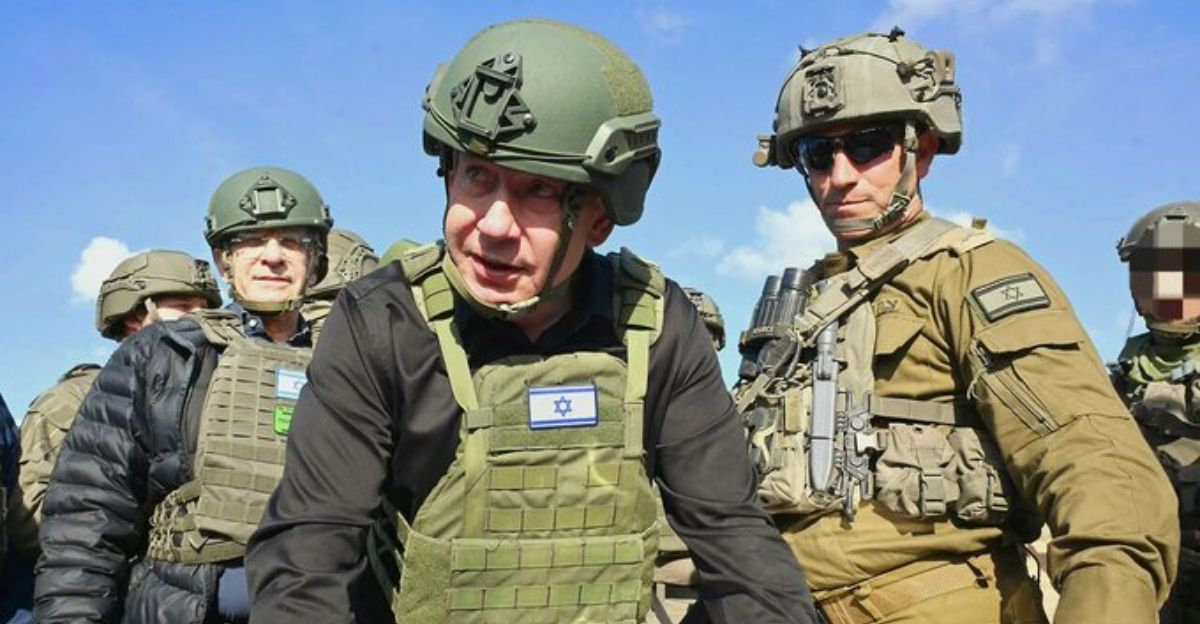
By June 7, Israeli troops were moving north into south Lebanon during Operation Peace for Galilee. Syrian air defenses in the Bekaa Valley hardened into a layered defense of SAM batteries and MiG fighters.
Israeli command waited warily, sensitive to being lured into a trap. Air traffic was tense, with patrols circling, waiting for a spark. Below the surface, every radar ping and altitude reading held the whisper of imminent violence—or victory.
The Calm Before the Storm
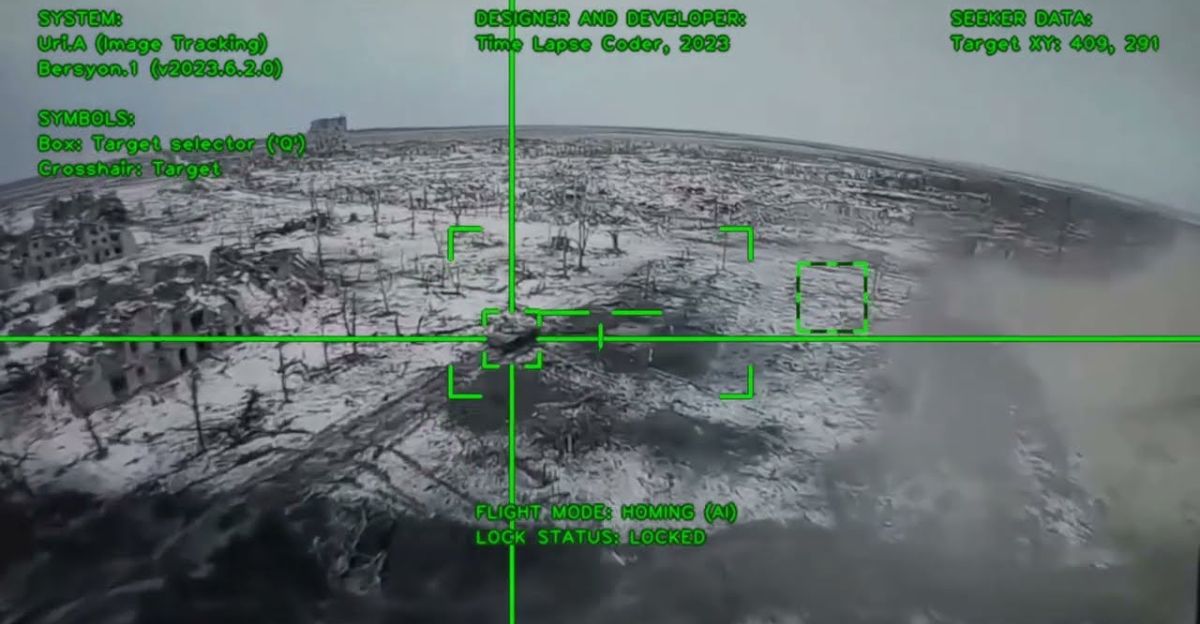
Israeli planners monitored Syrian SAM sites covertly using drones and reconnaissance missions. They charted each radar pulse, each deployment, each patrol pattern.
F‑15s and F‑16s orbited the Mediterranean, beyond missile range but within striking distance. On June 9, they got the green light.
The timing was exact, the plan bold: take apart Syria’s air shield, then deliver punishment in the skies above—a one‑two punch aimed at stunning and overwhelming.
The Strike is Launched
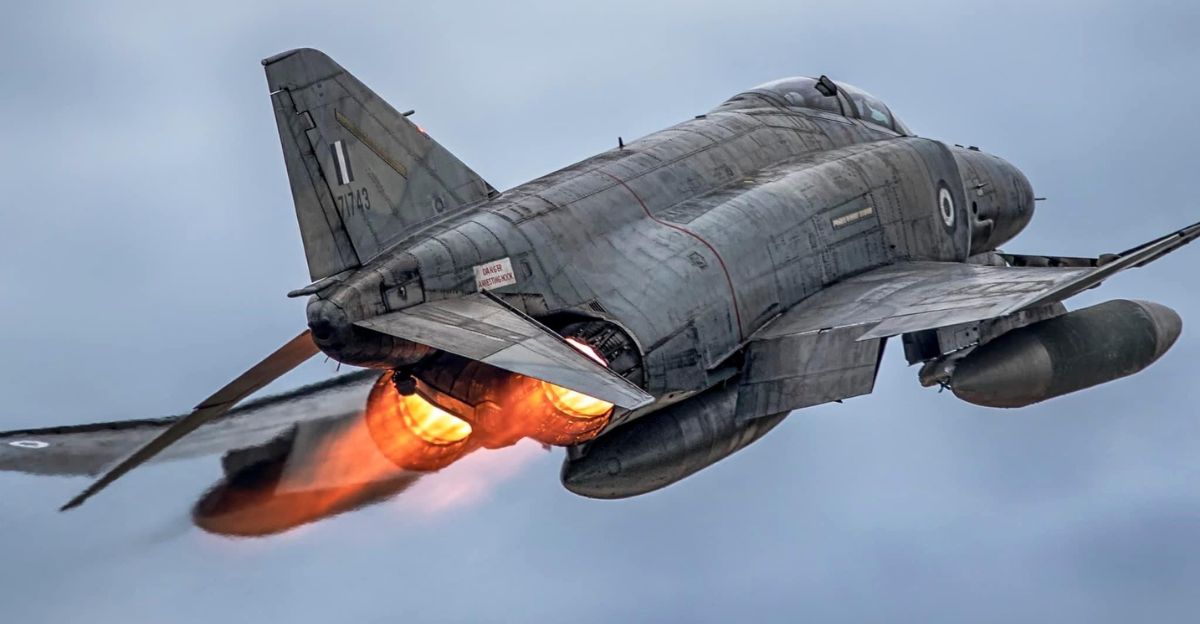
At 1400 hours, the Israeli air force went to work. F‑4 Phantoms, escorted by F‑16s, attacked nineteen mobile SAM batteries first in Bekaa.
Electronic warfare pods disrupted radars and anti‑radar missiles eliminated threats. Within minutes, the Syrian radar network started to break down, leaving a horizon filled with untraceable threats.
In the meantime, F‑15s prepared to gain air superiority, eyes scanning the horizon for MiG fighters incoming as the radar silence tore through Syrian defense crews.
Into the Inferno
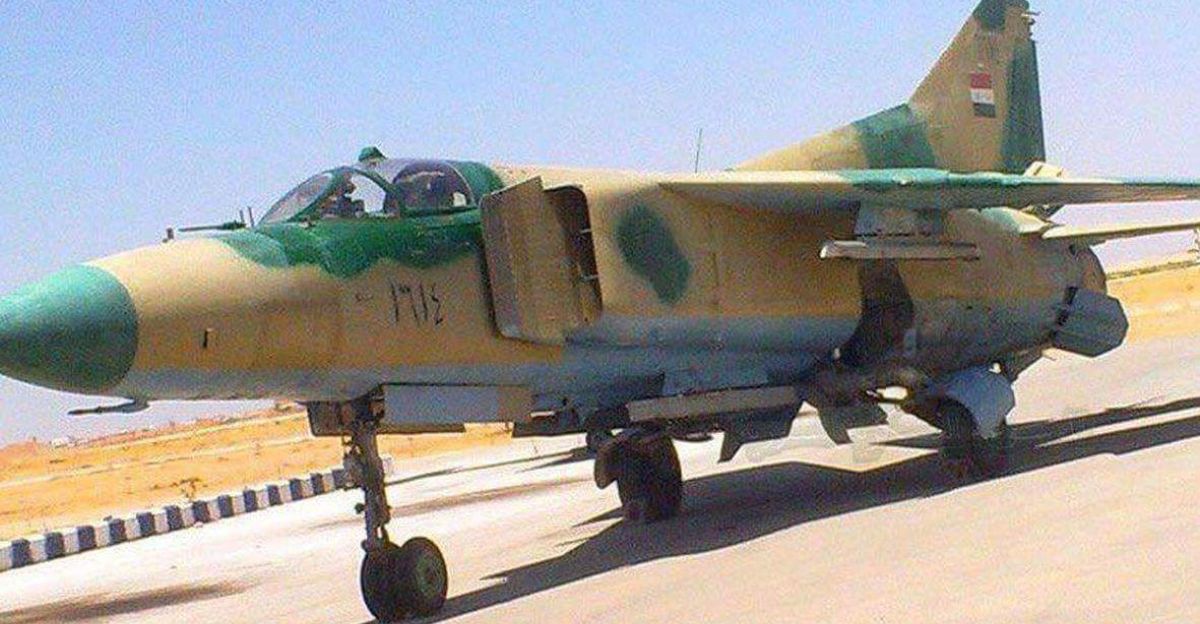
The skies burst into action. Syrian MiG‑23s and MiG‑21s took off to intercept the Israeli waves. But their pilots flew blind, radar disabled.
Israeli F‑15s closed in, each battle brief, brutal, and one-sided. Syria’s most seasoned flyers were in the air, confronted by invisible enemies, severed from ground control.
Electronic jamming blinded their systems, reducing highly trained pilots to random targets. In the opening half‑hour, legend would have it that dozens of MiGs fell in flames – precise numbers remained unclear due to the chaos.
Aerial Melee
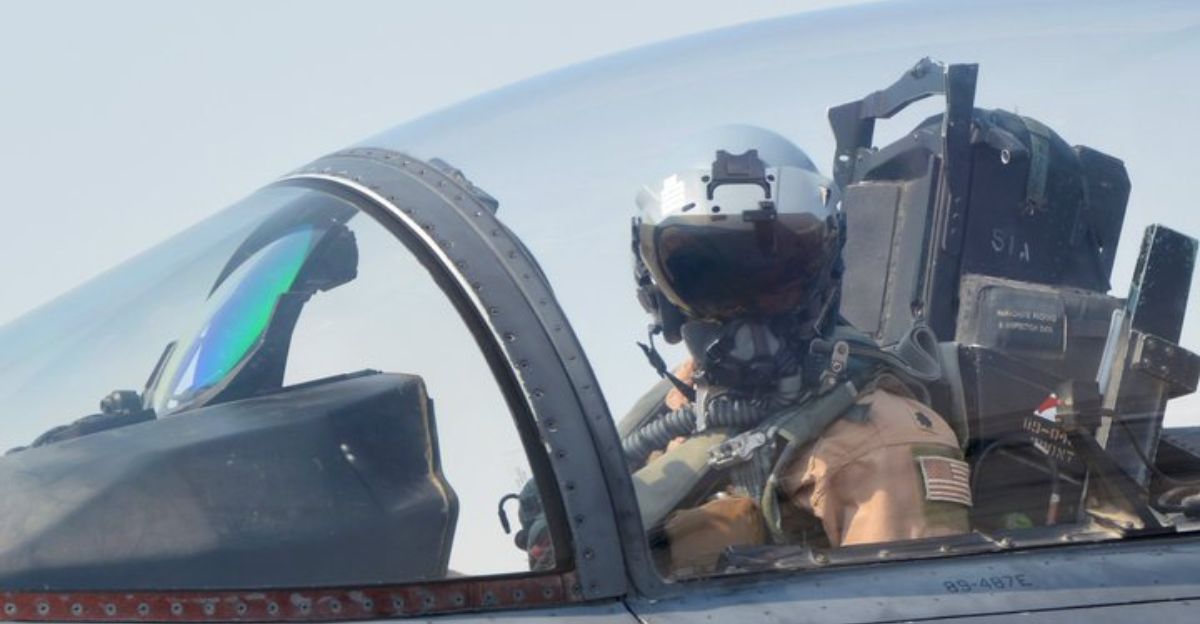
F‑15 pilots reported a wild air control—each dogfight brief, random, a deadly dance. They fought loosely, exchanging position, relying on surprise, not brute numbers.
The Syrians attempted to launch mass formations, but chaos held sway. Israeli pilots described attacking formations of two or three MiGs at a time—a tactically calculated choice to ensure control.
By the hour’s end, pilots’ reports counted more than twenty Syrian aircraft in flames. The skies above Bekaa had turned into a deadly tapestry of fire.
Radars Down, Planes Fall
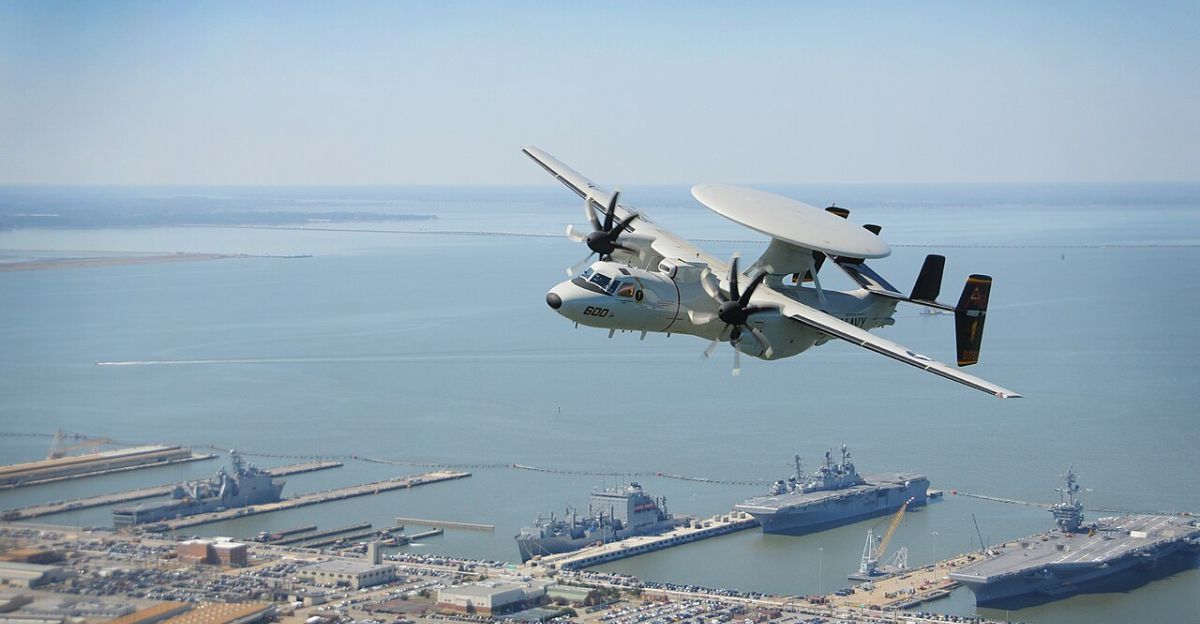
As ground defenses melted into silence, the Syrian air force fell into chaos. Trying the transition from radar‑guided attack to visual intercepts in desperation, numerous MiG pilots flew blind into a trap.
Israeli E‑2C airborne radars directed F‑15 wings with surgical precision. Remote video images from drones showed targets in motion.
Coordination at its best. In two hours, Israeli pilots reported zero losses. Their opponents? 82 to 88 planes destroyed—figures that amazed even veteran military analysts.
Conflicting Counts
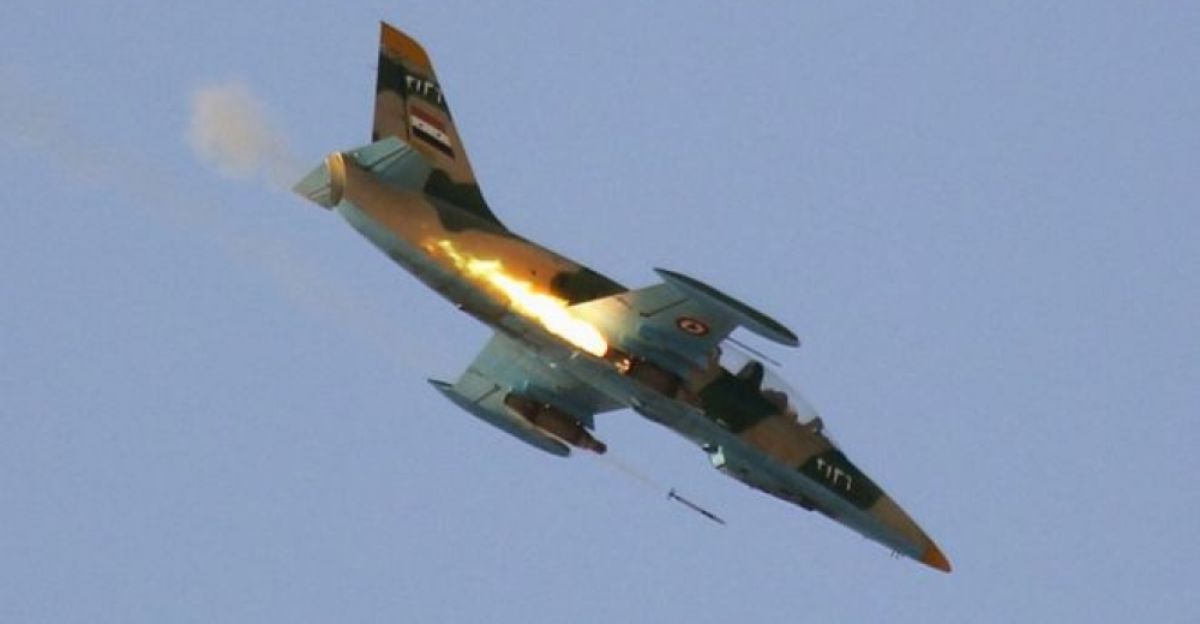
Post‑battle, figures differed. Israeli sources claimed 82 Syrian aircraft shot down through June 10, without loss.
Others had as many as 88, including previous days. Syrian and Soviet sources claimed fewer losses, and even claimed some Israeli shoot‑downs.
But drone reconnaissance and Western witnesses served to corroborate the Israeli accounts. It was the most intense air-to-air combat since Vietnam, and the most one‑sided air victory in decades.
Strategic Impact
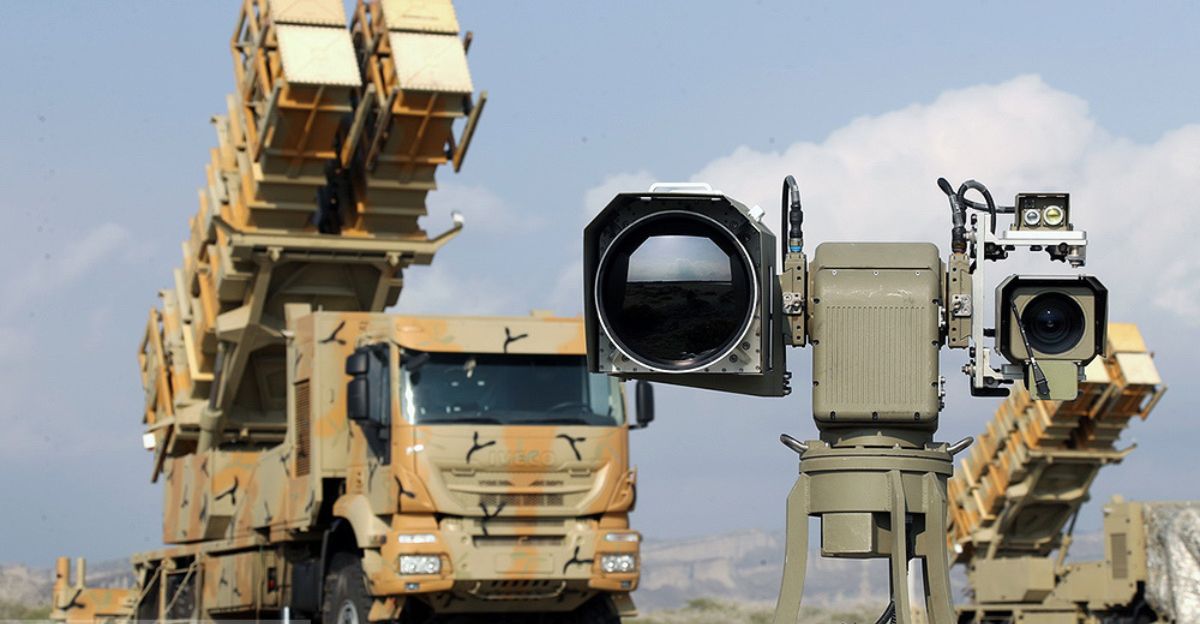
The outcome rewrote air defense doctrine. Mobile SAM belts did not withstand concerted air strikes and jamming. Syria had its air defense doctrine shattered.
Israel demonstrated the worth of real‑time intelligence, EW pods, and composite tactics. This combat spurred new doctrines worldwide—from the U.S. to NATO.
It also demonstrated vulnerabilities: even the most modern systems can be penetrated without redundancy and flexibility.
Doctrine Rewritten
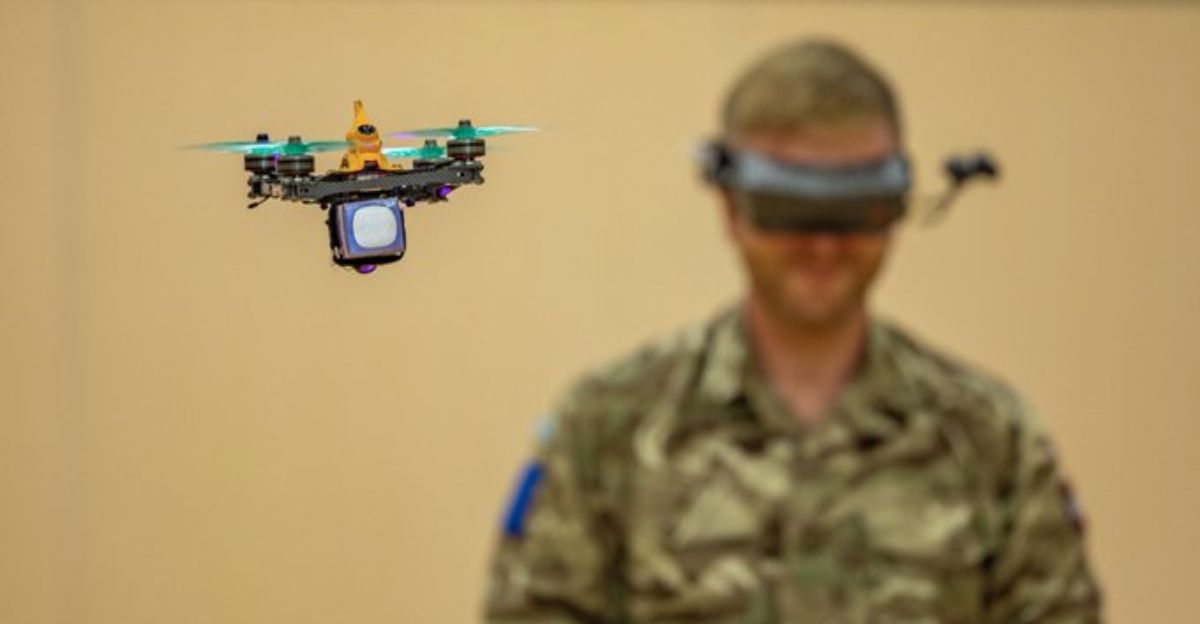
In the post-Bekaa period, air forces worldwide reevaluated layered defense models. The Soviet bloc and Syria moved toward surface-to-surface, missile‑heavy arsenals.
Israel invested more in drones, EW, and standoff weapons—a preview of 1991 Gulf War air operations. Drones and airborne command took center stage.
The days of fixed radar towers were numbered. Lebanon 1982 had shown that fluid, intelligent coordination could collapse fixed defenses quickly, decisively, and with few casualties.
Human Factors
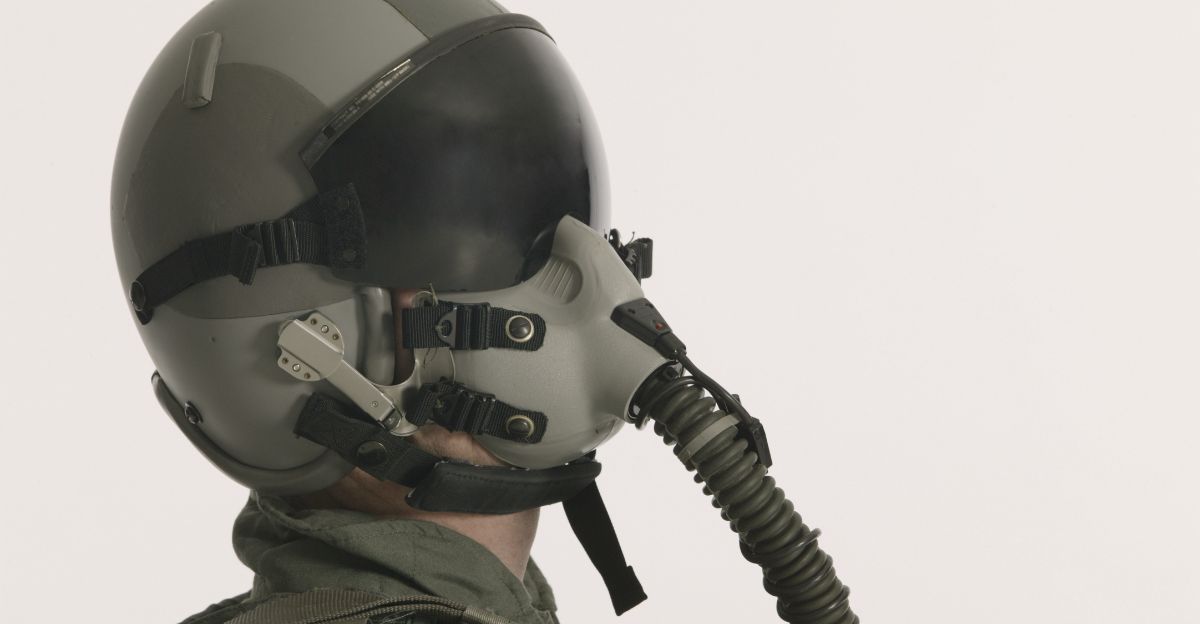
Behind the numbers were pilots under unimaginable pressure: split-second decisions meant life or death. Syrian pilots flew with courage, thrown into mayhem with little warning.
Israeli pilots flew with analytical efficiency—but for many pilots, this was a baptism of fire, their first true combat test. On both sides, families later told stories of sorrow, pride, and controversy.
Air combat can be mechanized, but human lives and emotions run deep beneath every sortie.
Lessons Learned
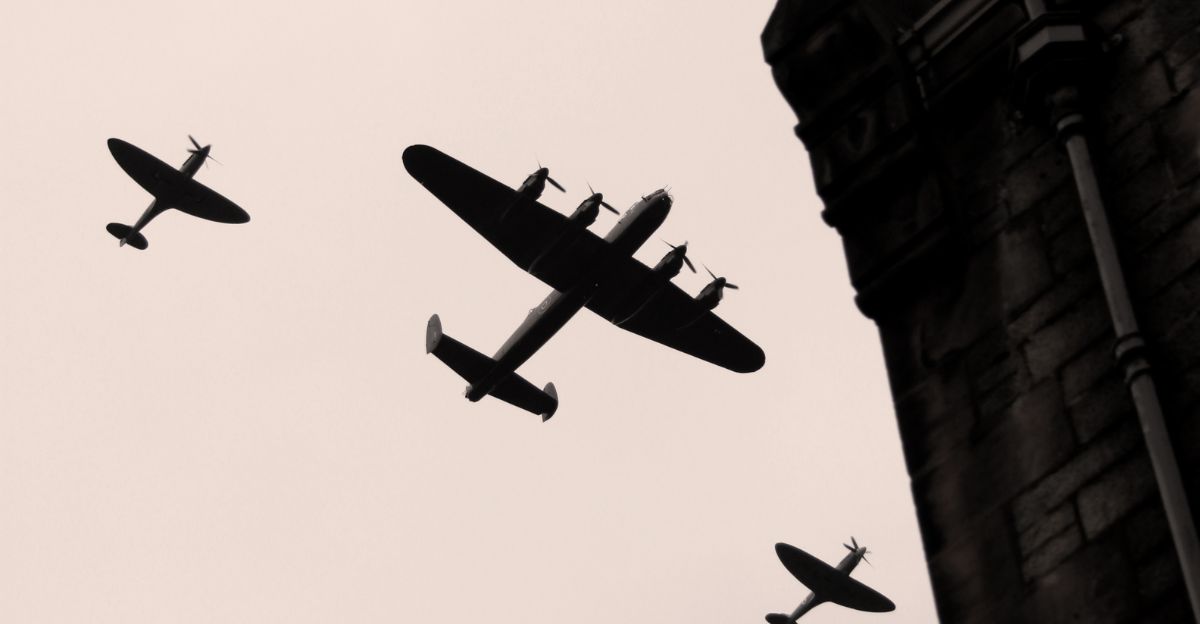
The battle of Bekaa Valley highlighted the dominance of intelligence, rather than numbers. Drones, jamming, and centralized control decided the issue. Israel’s claim of zero losses demonstrated not only tactical genius, but also strategic wisdom.
Yet it also showed the psychological price of warfare. In spite of overwhelming technical dominance, each airframe lost represented a life, a story, a ripple through society. Military triumph and human price were inseparable.
Legacy of 1982
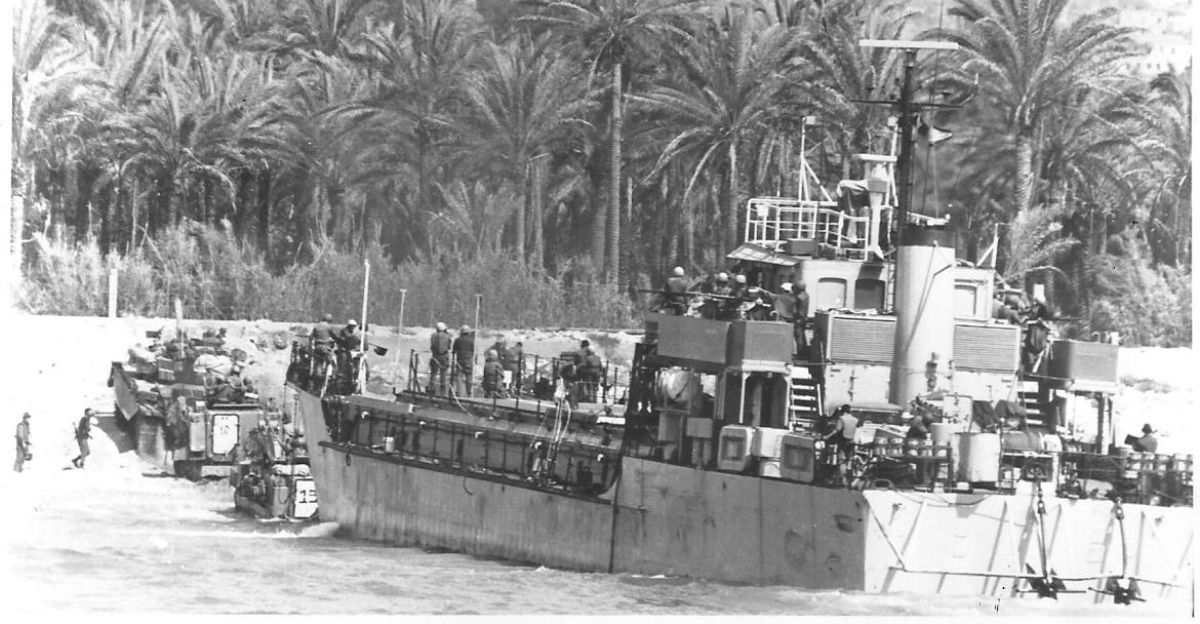
The impact of that June conflict still lingers. Bekaa changed the way militaries think, and air wars are fought differently because of it.
Precision, standoff, and electronic warfare now rule modern doctrine. Air forces worldwide strive to create layered defenses—yet none can disregard the lesson of Bekaa. Dominance requires integration. Radar, wings, drones, and data—integrated.
As satellites orbit and networks hum, the seeds of 1982’s revolution continue to dictate the silent game of chess in the skies today.
Epilogue
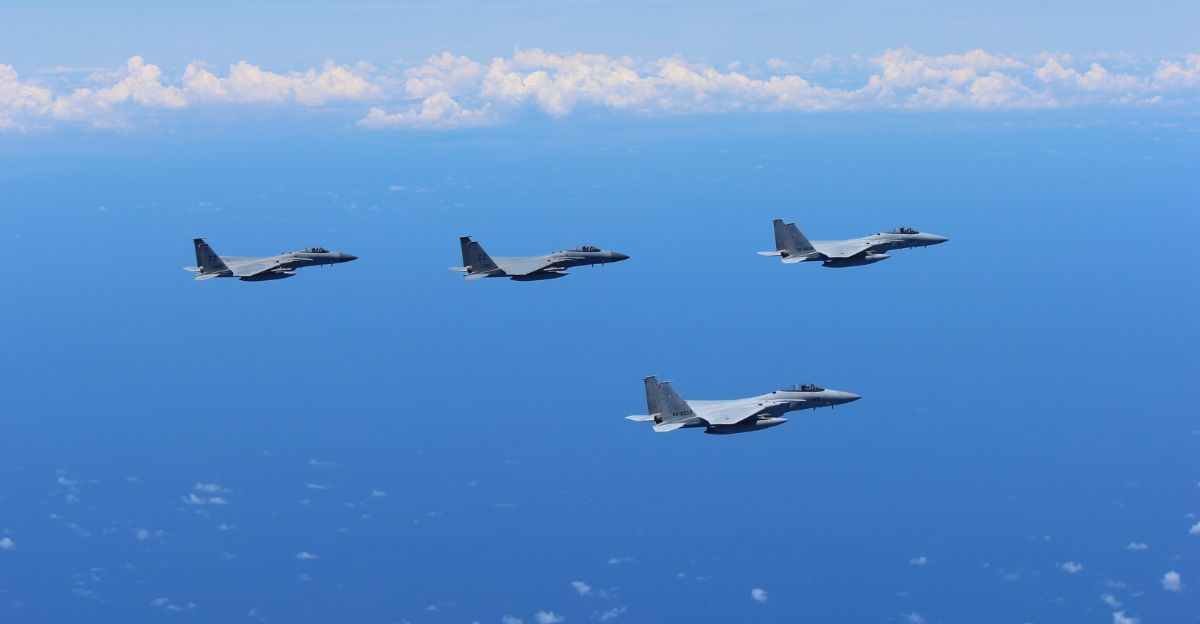
Shooting down 88 in two hours was never just a headline. It was a tipping point—technology, tactics, and training came together to shock a great power.
It became a case study in dominance, planning, and psychology. But if history teaches us anything, it’s that behind every victory are lives affected, families destroyed, nations remade.
And in the silent blue over Bekaa Valley, the memories of that wild, two‑hour thunder are still vivid—a lasting salute to the razor’s edge of air combat.
Uncover more fascinating moments from history — and hit Follow to keep the stories flowing to your feed!

Don’t miss more incredible stories from the past! Tap Follow at the top of this article to stay updated with the latest historical discoveries. Share your thoughts in the comments — we’d love to hear your perspective!

